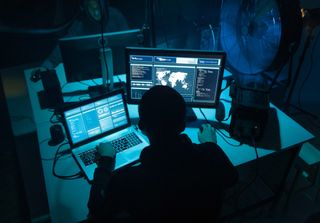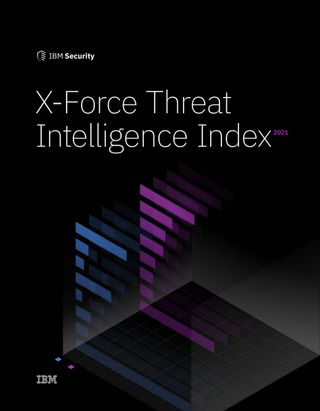Dark web ads offering access to corporate networks increase sevenfold
New report shines a light on hackers offering “access for sale” to other cyber criminals

Hacker-placed ads on the dark web selling access to corporate networks have increased dramatically over 12 months, according to a new report from Positive Technologies. The rise in ransomware attacks is thought to be the main driver for this criminal activity.
Researchers at Positive Technologies said they identified 707 new ads selling access in 2020. That's a sevenfold increase in ads compared to 2019.
Researchers also found as many as 590 new offers in the first quarter of 2021 alone, which is 83% of all offers in 2020. A contributing factor to this increase is a jump in ransomware attacks, according to the report.
In the first quarter of 2021, the number of users who placed ads for buying and selling access and seeking hacking partners tripled compared to Q1 2020.
Researchers estimated hackers sell about $600,000 worth of corporate network access on the dark web every quarter. Interestingly, the share of expensive access lots priced above $5,000 almost halved. This may reflect novice cyber criminals’ mass entry into the market.
“As we can see, most companies who had access to their networks put up for sale by cyber criminals belong to the services (17%), manufacturing (14%), and research and education (12%) industries," said Yana Yurakova, an analyst at Positive Technologies.

X-Force Threat Intelligence Index
Top security threats and recommendations for resilience
"Note that the share of industrial companies and financial institutions, whose networks are typically more expensive to hack, decreased somewhat. This may be attributed to the fact that the initial access market is served by lower-skilled actors who prefer easier victims.”
Get the ITPro. daily newsletter
Receive our latest news, industry updates, featured resources and more. Sign up today to receive our FREE report on AI cyber crime & security - newly updated for 2024.
These findings have led researchers to the conclusion that the cyber criminal profile is changing in many ways. The profile of an external intruder who gains initial access to a corporate network differs from the criminal who follows through with the attack once inside. Most importantly, the two have different skill sets, researchers said.
The person who hacks the perimeter can range from novice to pro, even a specialist with very specific technical abilities.
The attack on the local network, on the other hand, will be conducted by skilled hackers or cyber criminals who purchase the access on a dark web forum. Once they have the resources needed, they can initiate criminal activities, ranging from theft of funds to lasting disruption of business operations.
“With these realities in mind, a system for protection against cyber attacks may require a different approach,” added Yurakova. “The threat actor model needs to be revised to guard against both access from low-skilled attackers and sophisticated methods of attack.”
Rene Millman is a freelance writer and broadcaster who covers cybersecurity, AI, IoT, and the cloud. He also works as a contributing analyst at GigaOm and has previously worked as an analyst for Gartner covering the infrastructure market. He has made numerous television appearances to give his views and expertise on technology trends and companies that affect and shape our lives. You can follow Rene Millman on Twitter.





